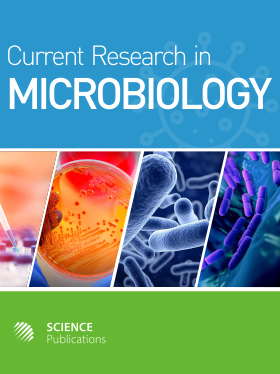Optimization of Cultural Conditions for Production of Exopolysaccaride by Halomonas marina HMA 103 under Batch-Culture
- 1 Serampore College, India
- 2 University of Calcutta, India
Abstract
A moderately halophilic bacterium, Halomonas marina HMA 103 (MTCC 8968) accumulating intracellular polyesters also produced significant amount of exopolysaccharides (EPS) under batch-culture. Production of EPS by the bacterium was more or less parallel with the growth in modified basal synthetic medium. During growth, it produced 0.46 g/L of EPS after 50 h of incubation and was accompanied by the complete utilization of glucose from the medium. EPS production was maximum in 2% (w/v) glucose followed by sucrose and maltose and was positively influenced by yeast extract, beef extract and peptone. Optimum concentrations of sulfate and phosphate for EPS production were 2.4% (w/v) and 0.03% (w/v) respectively. High concentration (10% w/v) of NaCl stimulated both growth and EPS production by H. marina HMA 103. Characteristically, this EPS is a heteropolymer of glucose and mannose and the Fourier Transform Infrared (FTIR) spectrum showed distinct absorption peaks at 3424.2, 1638.7, 1122.9 and 622.3 cm-1 indicating the presence of free hydroxyl, phenyl or carbonyl groups of carbohydrate. Further, the detailed physico-chemical analysis will indicate the significance and potential importance of this EPS in biotechnology.
DOI: https://doi.org/10.3844/ajmsp.2015.31.39

- 4,493 Views
- 2,675 Downloads
- 3 Citations
Download
Keywords
- Halomonas
- Moderately halophilic bacteria
- Exopolysaccharides
- Solar saltern
- Batch-culture
